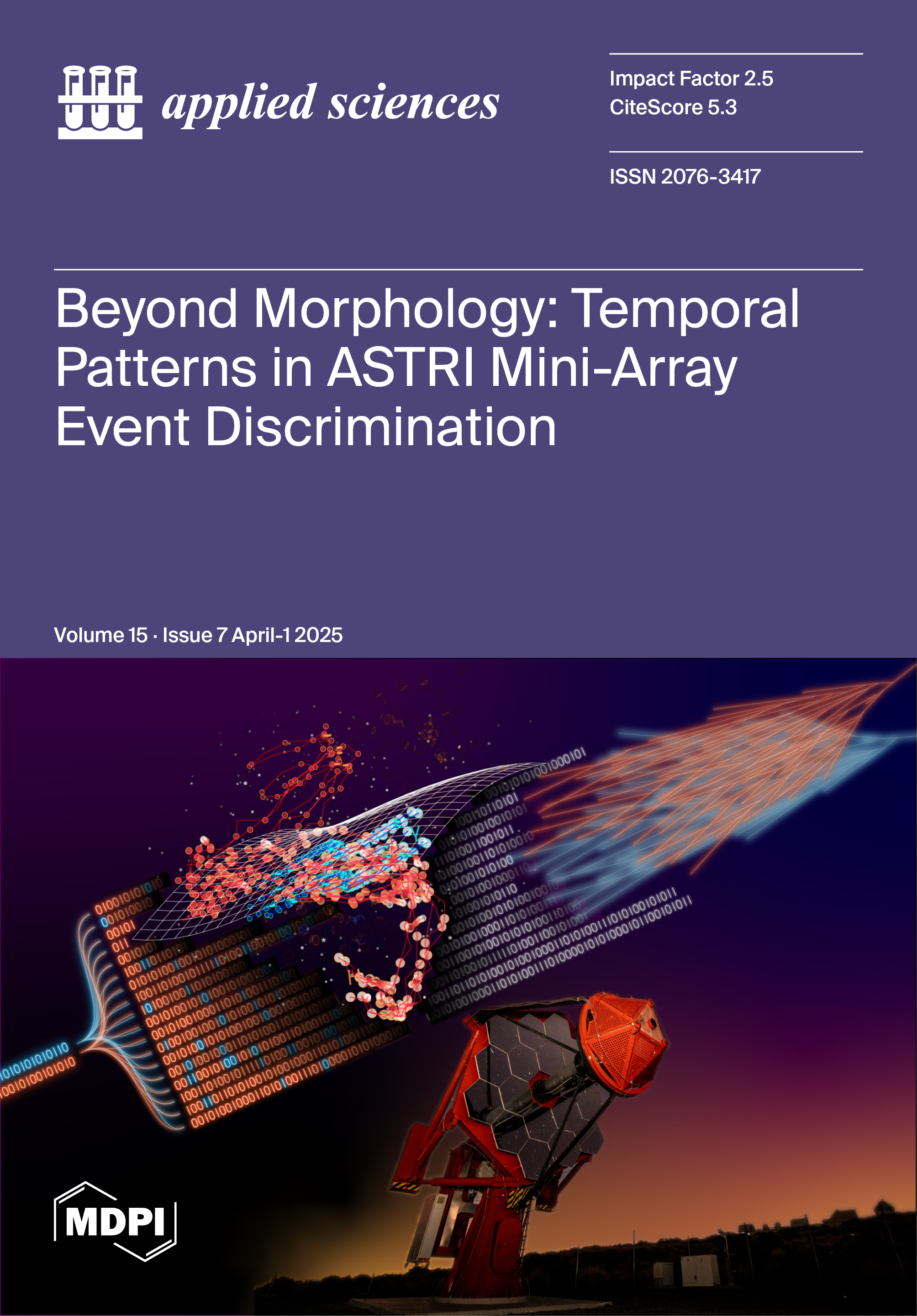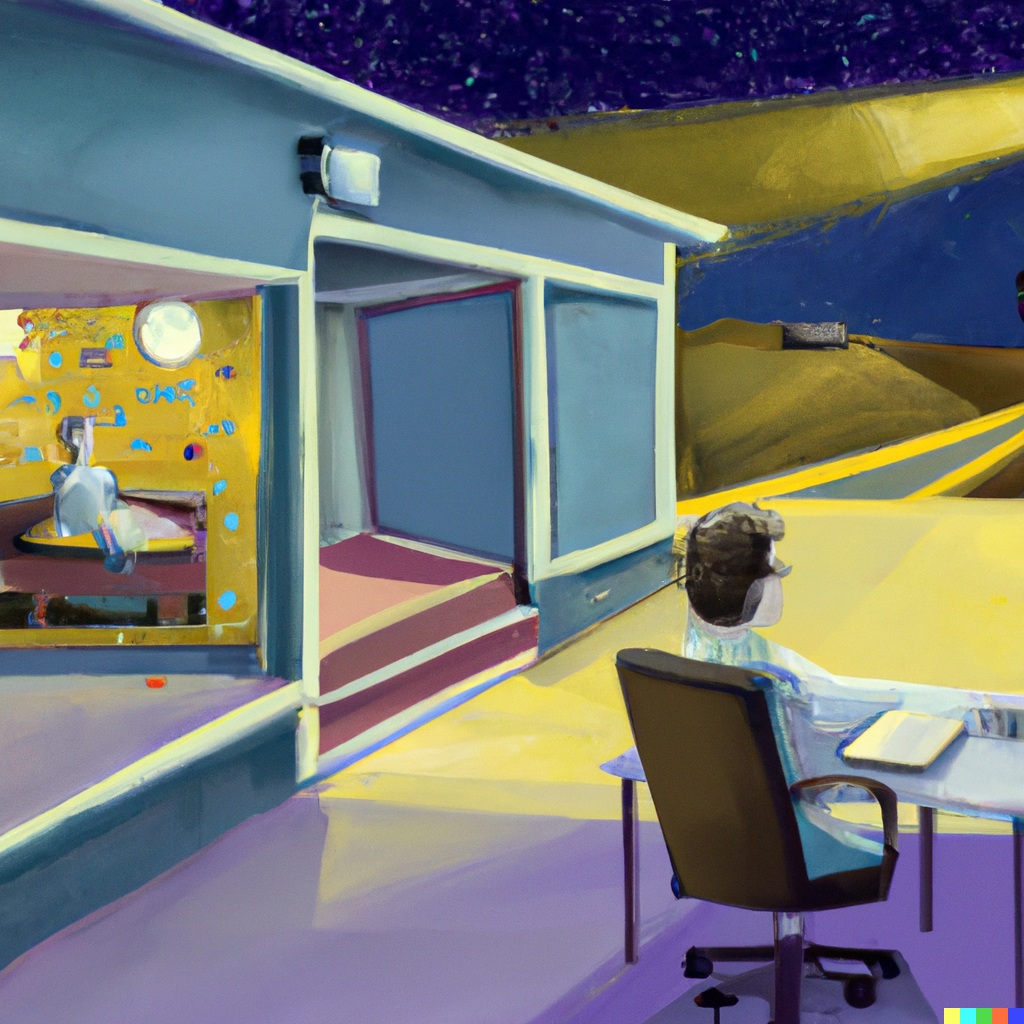

Senior Researcher
phone: +39 091 6809 464 (direct)
email: antonio.pagliaro@inaf.it
Main scientific interests: Artificial Intelligence, Computer Science, Machine and Deep Learning, Computer Vision, High Energy Astrophysics, Data Driven Finance.
Academic Editor and Section Board Member at Applied Sciences.
Projects: HPC, Big Data and Quantum Computing, MADELEinE, ASTRI, CTA, JEM-EUSO, CRUNCH, HERMES, Muography
Recent AI Research Papers
High Energy Astrophysics![]() Machine Learning-Enhanced Discrimination of Gamma-Ray and Hadron Events Using Temporal Fetaures: An ASTRI Mini-Array Analysis (cover story Appl. Sci., Volume 15, Issue 7)
Machine Learning-Enhanced Discrimination of Gamma-Ray and Hadron Events Using Temporal Fetaures: An ASTRI Mini-Array Analysis (cover story Appl. Sci., Volume 15, Issue 7)![]() Application of Machine Learning Ensemble Methods to ASTRI Mini-Array Cherenkov Event Reconstruction
Application of Machine Learning Ensemble Methods to ASTRI Mini-Array Cherenkov Event Reconstruction![]() Application of Machine and Deep Learning Methods to the Analysis of IACTs Data
Application of Machine and Deep Learning Methods to the Analysis of IACTs Data
My vision is to achieve greater generality in artificial intelligence: empower computers to perform advanced tasks, such as learning from experience, adapting seamlessly, and discovering new knowledge, mainly in the fields of high energy astrophysics and astroparticles, but not only. To address the overwhelming volume of information, we require computers that can extract meaningful patterns from vast amounts of data. This presents a variety of intriguing scientific challenges: how can a computer determine the most effective representation? How can it differentiate between genuine patterns and random occurrences? How can it leverage prior knowledge? And, finally, how can it present its findings in a way that humans can comprehend?

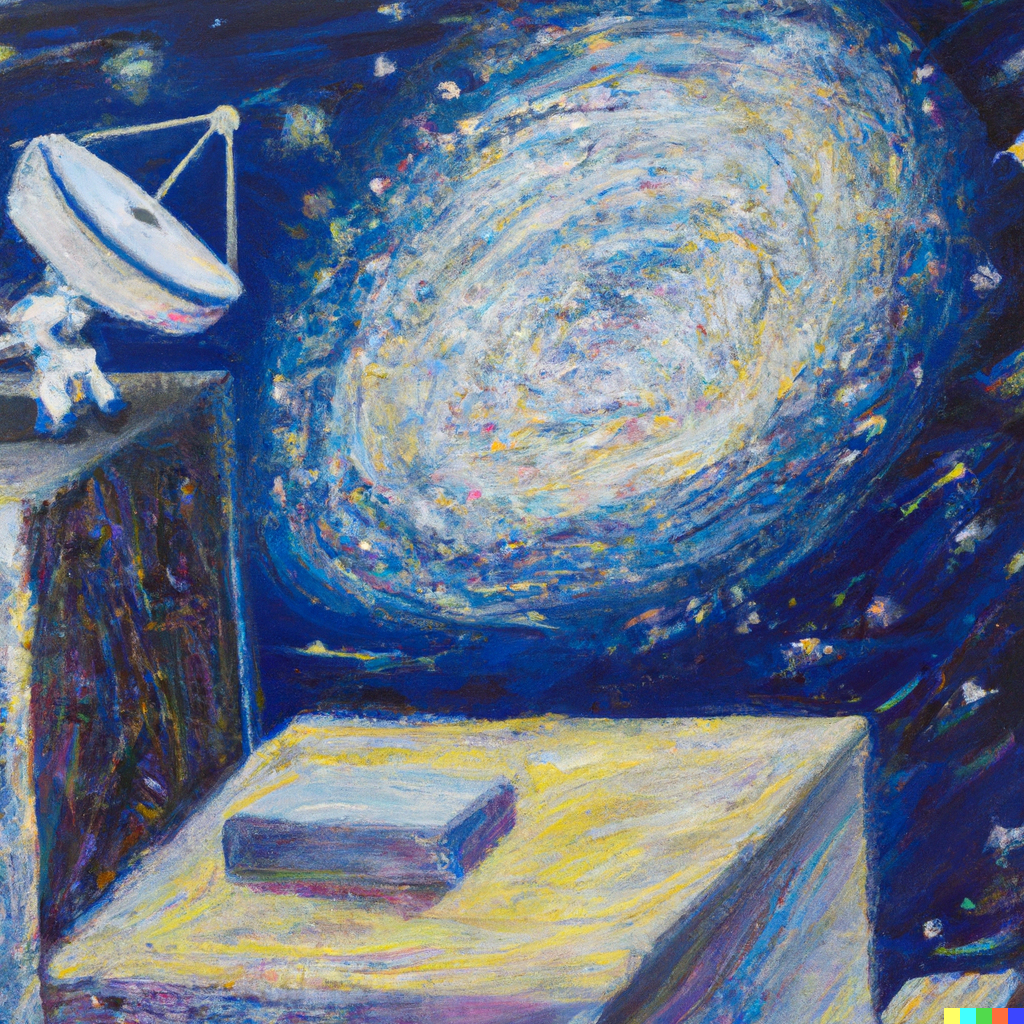
Astronomy entered the era of big data in the 1990s, with the advent of large digital sky surveys that opened up the TB-scale regime. As data rates, volumes, and complexity continued to grow, automated data processing and analysis tools became essential. Today, Artificial Intelligence methods have become commonplace and are growing rapidly in the field. According to the Astrophysics Data System, there were about 1000 astronomy/astrophysics papers that involved AI in 2021, and their numbers are growing exponentially, with a doubling time of about twenty months. AI is now considered a standard part of the astronomical toolkit.
Data Science and Artificial Intelligence My research covers a wide range of topics within the field of Data Science and Artificial Intelligence: Machine learning and deep learning: We work on developing new algorithms and techniques for supervised, unsupervised, and semi-supervised learning, as well as deep learning methods for large-scale and complex data. Computer vision. We work on developing new methods for image and video analysis, including object detection, image segmentation, and image captioning. Data mining. We study methods for extracting useful information and knowledge from large and complex data sets, including techniques for clustering, classification, and association rule mining. Predictive modeling. We work on developing new methods for prediction and forecasting. More: Data Science
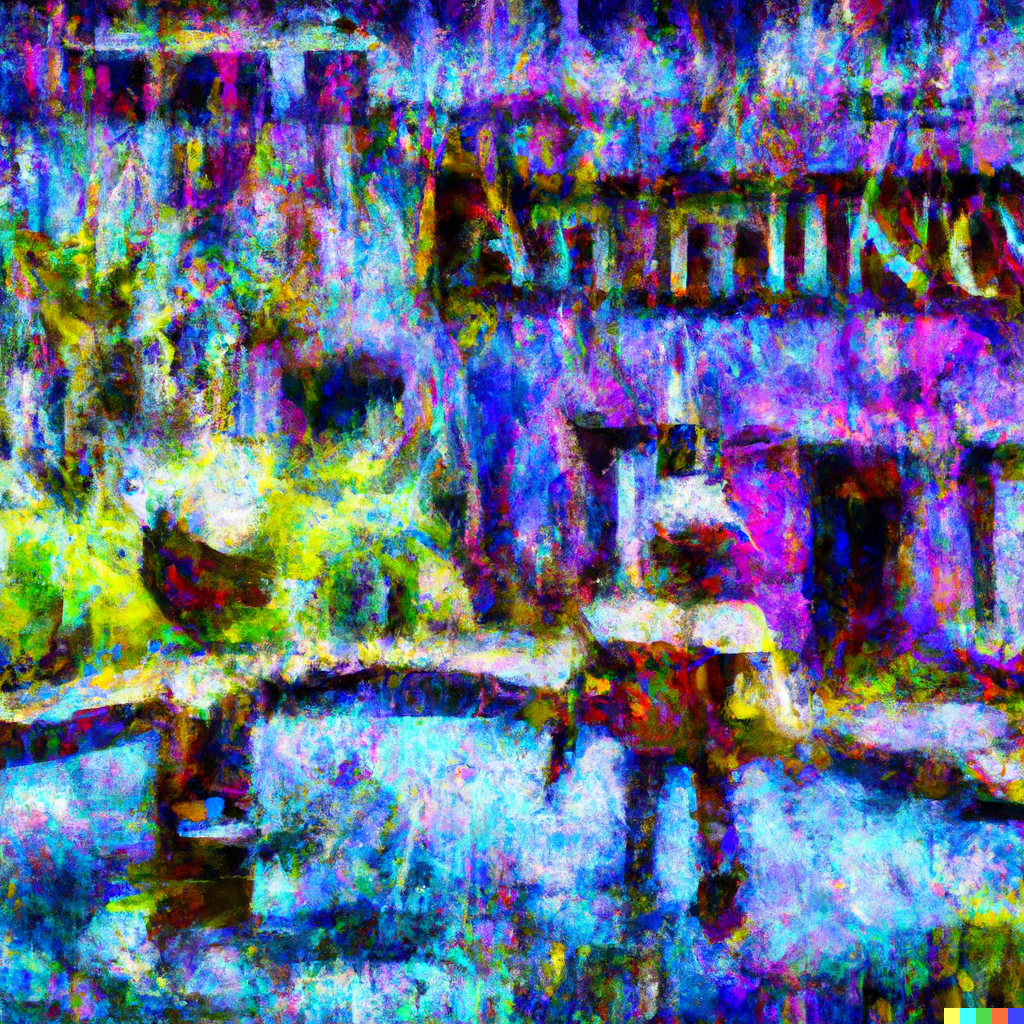
MADELEinE
MADELEinE (MAchine and DEep LEarning in Experiments) is a research program that focuses on the application of Artificial Intelligence methods in the field of astrophysics and astroparticle physics. The program aims to use cutting-edge AI techniques to analyze large datasets from telescopes and particle detectors, with the goal of revolutionizing our understanding of the universe.
More: MADELEinE
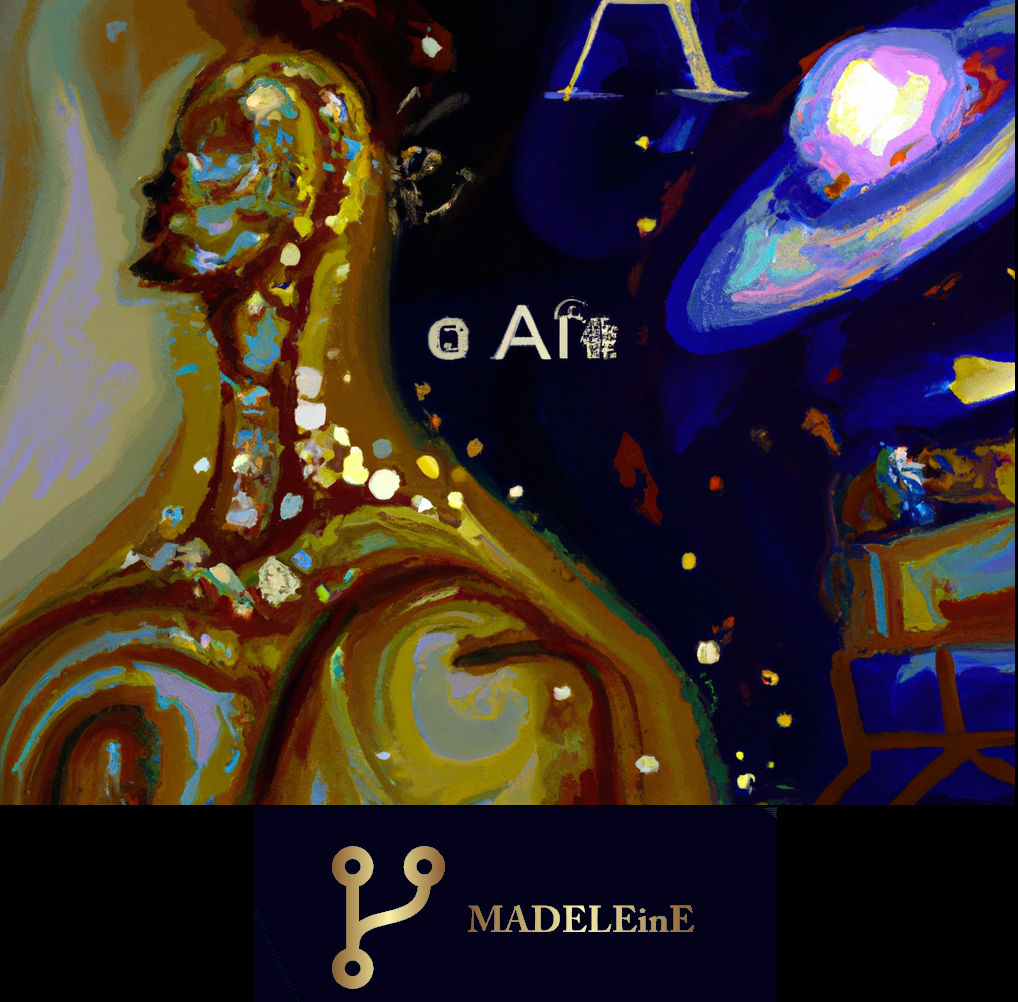
ASTRI
ASTRI, Astrofisica con Specchi a Tecnologia Replicante Italiana, a project led by the Italian National Institute of Astrophysics (INAF), is aimed at design and development of a technologically innovative solution for small (4 m diameter) Imaging Atmosphere Cherenkov Telescopes (IACT) with large field of view (about 10 degrees).
WP: ASTRI Data Processing and Simulations, ASTRI Software Reconstruction.
More: ASTRIJEM-EUSO
The JEM-EUSO program (Joint Experiment Missions for Extreme Universe Space Observatory) aims to study the nature and origin of ultra-high energy cosmic rays (UHECRs) and neutrinos, which are some of the most energetic and mysterious particles in the universe, using a super-wide-field telescope to detect UV photons emitted from air showers generated by UHECRs in the atmosphere. The collaboration involves about 300 researchers from 16 countries, with a team at IASF/Palermo dedicated to exploring the universe’s most extreme particles.
More: JEM-EUSO